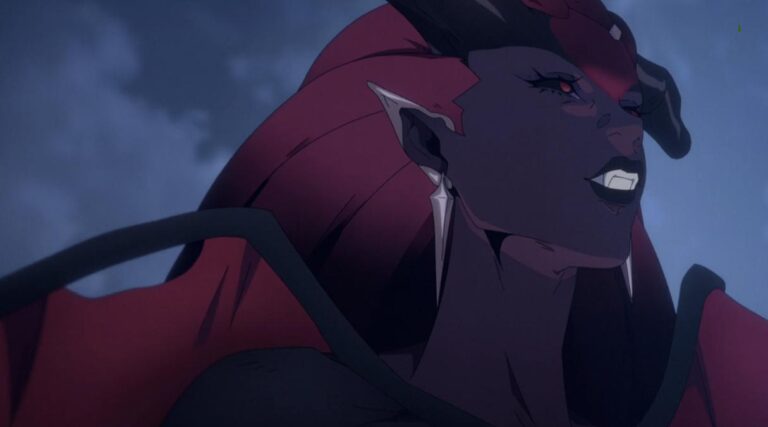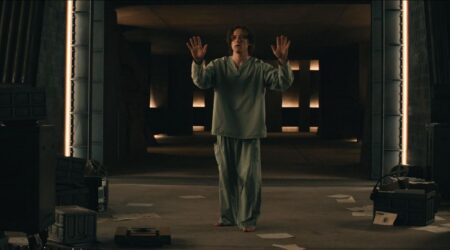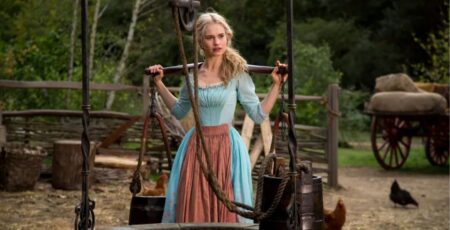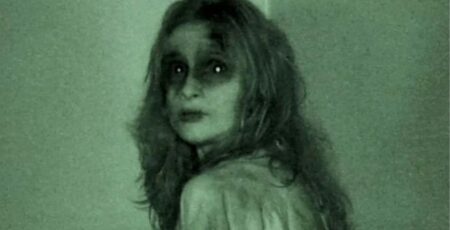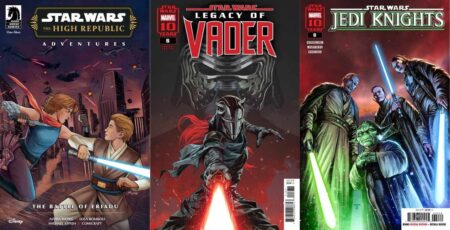Neflix’s latest animated series, Castlevania: Nocturne, has delivered a season packed with dynamic storytelling and characters. One character that shines amongst the cast is the right hand to the vampire messiah, Drolta Tzuentes—originally appearing in Castlevania Bloodlines as a limited secondary character. Now in the most recent addition to the franchise, the Castlevania: Nocturne team elevates Drolta from an amateur witch to a bad bitch.
In the show’s first season, she stands as one of the primary antagonists, captivating viewers with her formidable presence, alluring style, and wit. From the moment Drolta steps onto the scene in France, it is clear that she is a character of immense power, a sadistic nature, and an ancient lineage as a vampire. However, her motivations and sinister ambition center around orchestrating the ascension of her mistress, Countess Erzsebet Báthory, the proclaimed Vampire Messiah.
In this piece, I will dive into Drolta’s meager origins, her current iteration, improvements made to her character, and what truly makes her such an impressive villain. Here’s your warning, this article contains spoilers for Castlevania: Nocturne Season 1 & Season 2.
Drolta’s origins in the Castlevania Bloodlines
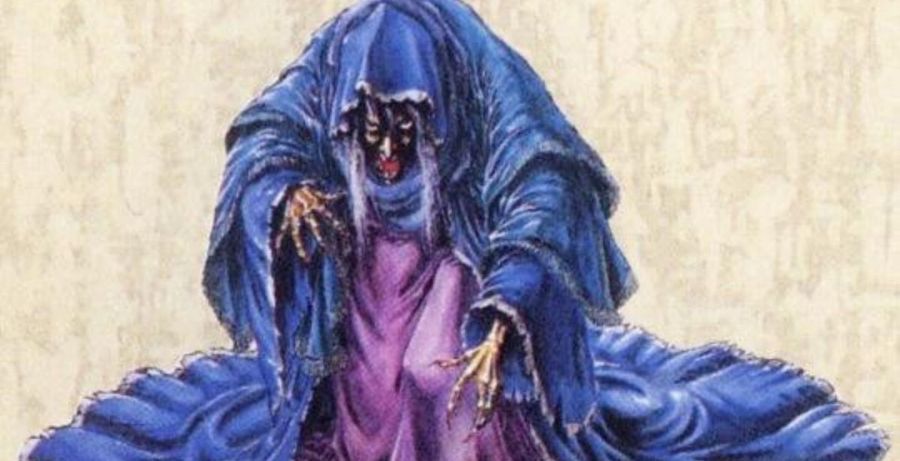
Drolta’s first and only appearance in the franchise was in the 1994 video game Castlevania: Nocturne. In the games, Drolta is an old witch who uses dark magic to resurrect Count Dracula’s niece, Elizabeth Bartley. Together, they plot to revive the malevolent Dark Lord.
Employing her mystical abilities, Drolta brings the Mecha-Knight to life, aiming to obstruct the path of John Morris, the descendant of the Belmont lineage, and his comrade, Eric Lecarde. Ultimately, Drolta and her mistress are thwarted, and the two women are defeated by the game’s protagonists, ending their reign of terror.
Who is Drolta Tzuentes in Castlevania: Nocturne?
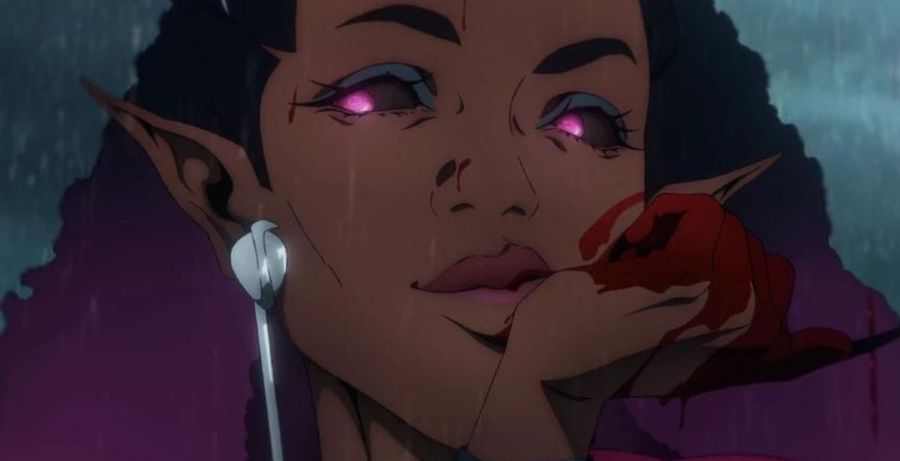
The Castlevania: Nocturne team took more liberties with Drolta’s character, which allowed them to expand on her character greatly while still drawing on some aspects of her original iteration. In contrast to the original character, whose role in the story remained primarily in the background, Drolta’s new incarnation in Castlevania: Nocturne assumes a significantly more prominent and pivotal role, thus helping to drive the narrative forward.
In Castlevania: Nocturne, Drolta is a formidable vampire of great power who skillfully exploits the social conflicts that have emerged during the French Revolution. She aims to pave the way for the impending arrival of her mistress, the “Vampire Messiah,” Countess Erzsebet Báthory. In this respect, Drolta shares similarities with her original Castlevania Bloodlines character.
Drolta’s past, for the most part, is shrouded in mystery, but the little we learn from the first season provides insight into who she was before she became a vampire and how she came to serve Erzsebet Báthory. Initially, she was a priestess in ancient Egypt dedicated to Sekhmet, the goddess of war. Sometimes, as a priestess, Drolta met Erzsebet Báthory and was instantly enamored by the vampire, so much so that she chose to serve her and became a vampire.
What are Drolta’s powers in Castlevania: Nocturne?
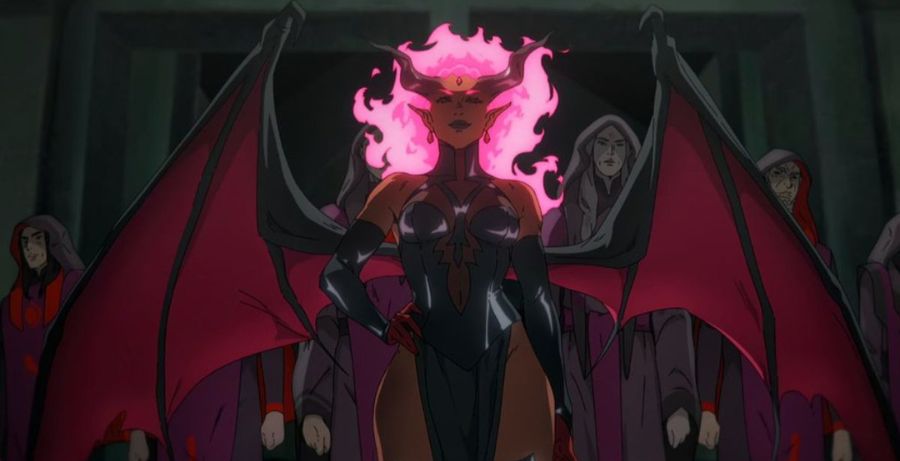
Drolta, being a vampire, shares numerous common traits with other vampires, which include a range of supernatural abilities. Such as superhuman strength, speed, and invulnerability to most forces. However, she was most likely turned into a vampire by Erzsebet Báthory, an extremely formidable vampire progenitor whose powers seem on par with Dracula. Then, it is safe to assume that Drolta’s vampiric powers are vastly stronger than most vampires.
One of Drolta’s most distinctive capabilities is transforming into a demoness-like form, characterized by striking features such as long fiery pink hair, bat wings, a tail with a blazing tip, and ominous black thorns. This transformation bestows her the power of flight, enabling her to soar through the skies with impressive speed and unparalleled agility. Adding to her supernatural abilities is immortality, as Drolta has lived for centuries, tracing her existence back to ancient Egypt.
When Drolta is resurrected after being killed by Alucard in Castlevania: Nocturne Season 2, she takes on a new nightcreature form and, in doing so, becomes wildly more powerful. She can be in the sun now; her strength seems infinite, and she is all the more menacing in her new body so much so that she impales Alucard with his own sword.
What makes Drolta Tzuentes an excellent villain?
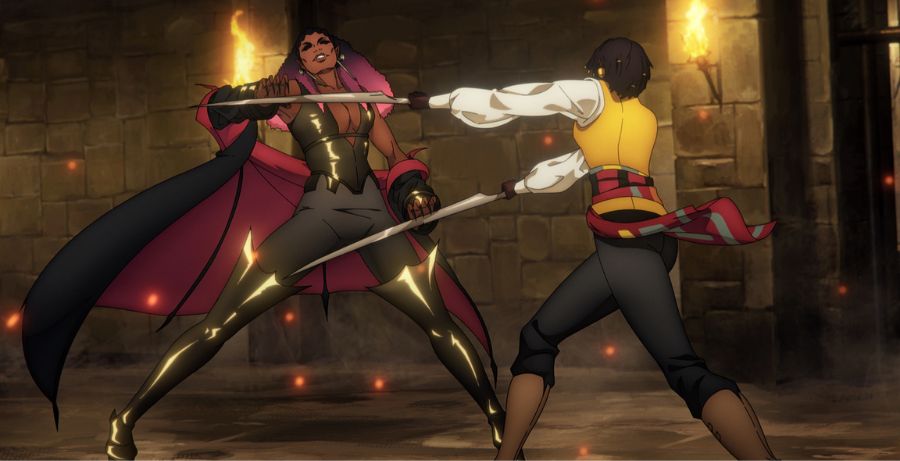
Her unapologetic and unrelenting malevolence sets Drolta Tzuentes apart as a truly remarkable villainess. Drolta derives satisfaction from sadistic acts and exhibits utter contempt for the lives of others. Drolta is an exceptional character who embodies her agency, driven solely by her unwavering conviction to her chosen path.
In Season 1, it was also refreshing to have a villain like Drolta, whose motivations are not rooted in a traumatic past or seeking a redemption arc. Her lack of a tragic backstory or redemption makes her stand out among typical villains in the media. External circumstances don’t shape her but instead actively choose her path, adding depth and intrigue to her character. Drolta’s self-determined nature and fierce commitment to her beliefs showcase her as a truly outstanding character, a villain who follows her chosen path with unyielding determination and purpose.
In Castlevania: Nocturne Season 2, we do see her backstory and while it is tragic, Drolta’s attitude that “with every suffering comes a wisdom” isn’t the same kind of empathy you build with other villains. With her, she chooses to not suffer again, to find power, and make a god. The murder of her sisters in the temple of Sekhmet isn’t a justification for wrongdoing and villainy, it’s just a stepping stone in the path to power.
Drolta’s Development & Subversion of Power

Castlevania: Nocturne Season 2 offers deeper insight into Drolta’s character, adding layers to her motivations that help to deliver a satisfying conclusion to her character arc. Previously framed as a fiercely loyal servant to Erzsebet, this season reframes her as the true power behind the throne.
By choosing Erzsebet and prepping her for vampiric ascension, Drolta positioned herself as the architect of their shared goals, using Erzsebet as a tool to further her own quest to become Sekhmet incarnate.
Castlevania: Nocturne Season 2 also reveals Drolta’s origins as a mortal during her time as an Egyptian high priestess to the goddess Sehkmet. From there, it shows how her transformation into a vampire and her calculated rise to power demonstrates her relentless determination, courage, and cunning. Furthermore, it also shows how her mission to bring about the second coming of Sekhmet was originally driven by good intentions but ultimately led to her demise.
This insight into Drolta’s past expands her character and subverts the perceived power dynamic between her and Erzsebet. What initially appeared to be a relationship defined by servitude and loyalty is revealed to be one of manipulation and control, with Drolta wielding the true power all along. Her ultimate betrayal solidifies her role as a complex and formidable figure, thus redefining her legacy in the Castlevania universe.
Drolta Tzuentes embodies the essence of a memorable and formidable villainess whose role in the story is indispensable and whose enigmatic aura keeps us eagerly anticipating her every move. Although she is a supporting character, Drolta radiates an aura of agency and purpose that is nothing short of the main character’s energy. She commands every scene she graces with her presence, leaving an indelible mark on the Castlevania: Nocturne narrative.

